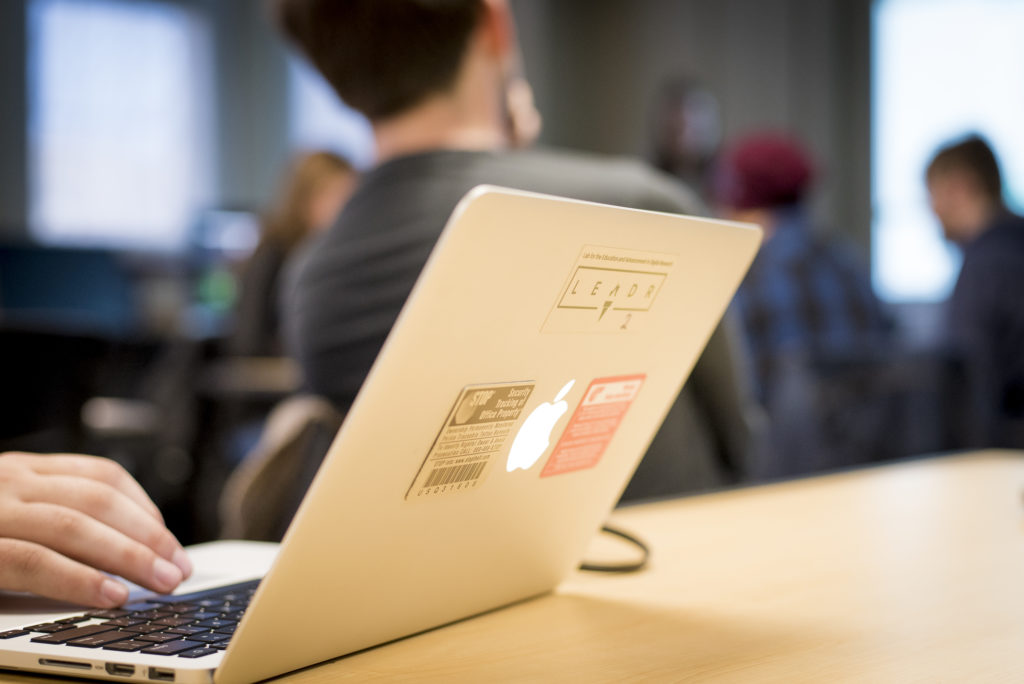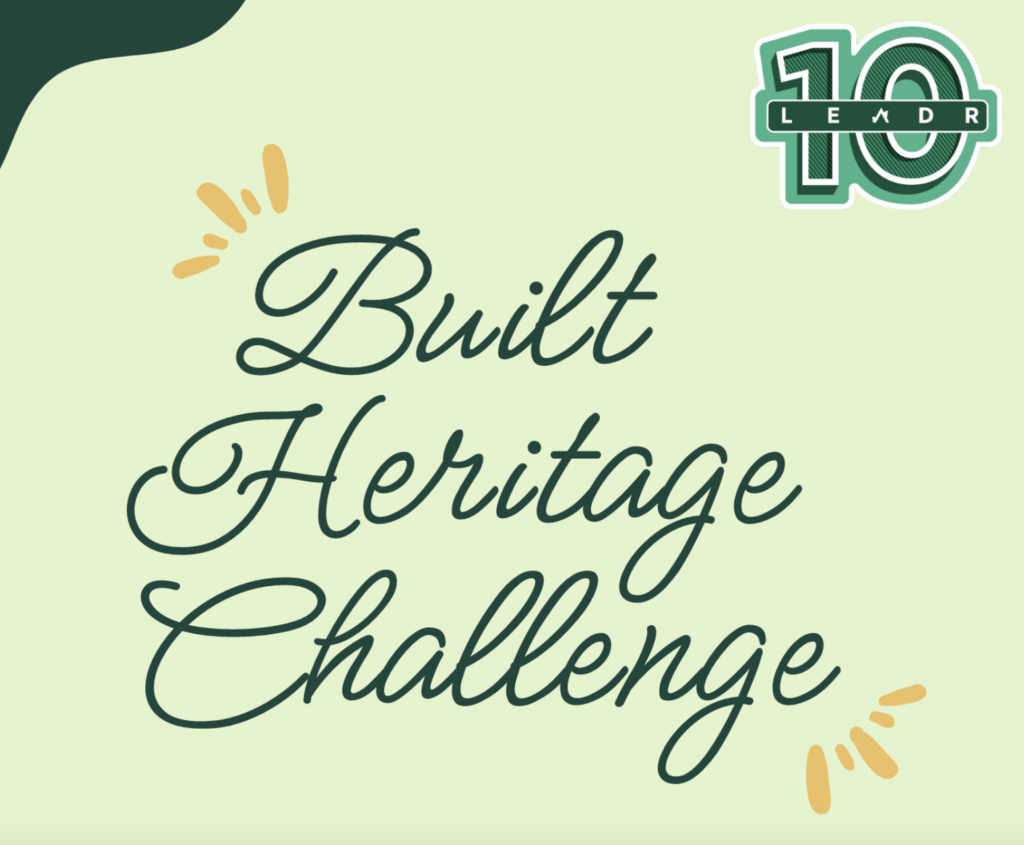
Networking Letters of the Revolution (1689-1691)
The communications revolution between 1450 and 1700 transformed the capacity for Europeans–and those in the British Isles–to communicate and engage with each other. Gutenberg’s printing press and the network of universities around Europe provided useful channels for books, ideas, and letters to travel from country to country. During the late seventeenth century, the evolution of newsletters and newspapers allowed information to travel more quickly along those networks. Networking Letters of the Revolution seeks to add to this conversation in terms of communication during conflict and regime change. The project uses one of the main corpora of letters: the Leven and Melville Papers. By using network analysis, we are uncovering a world of information trade, correspondence patterns, and certain anomalies. It also helps in a prosopographical analysis of the time period in understanding the dynamics of group identities.
GitHub Repository linked here
While working at the Clarke Historical Library in 2021-2022 as a Postdoctoral Public History and Archives Assistant I had the opportunity to work on, design, and curate a major exhibit and its digital counterpart on omeka.net linked here. The physical exhibit itself was launched in 2021 and the digital exhibit launched in 2022. The exhibit showcases Michigan’s connection to the Great Lakes and water in the state in general. The exhibit has six themes: politics, recreation, commerce, disasters, spiritual meaning, and the future. Highlights include the Mackinaw Bridge, Ernest Hemingway’s family vacations, the Great Lakes Compact, the fur trade, and much more. One of the more special intakes of this exhibit was that the colors of the logos for the different lakes all came from book jackets describing the importance of water to Michiganders.


I currently direct the Lab for the Education and Advancement in Digital Research (LEADR) at Michigan State University. The history and anthropology departments’ home for digital pedagogy and research. In collaboration with professors across the departments, myself, graduate students, and undergraduate employees help to integrate digital methodology and projects into history and anthropology curriculum.
As part of an exciting year of “digital style” celebrations, LEADR is spearheading a 3D modeling and 3D printing challenge called “Built Heritage”. In this challenge, participants are asked to 3D model and then 3D print a UNESCO world heritage site using SketchUp and any of the 3D printers available in the lab space. You can find out more here.

